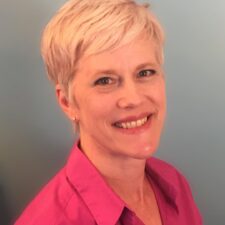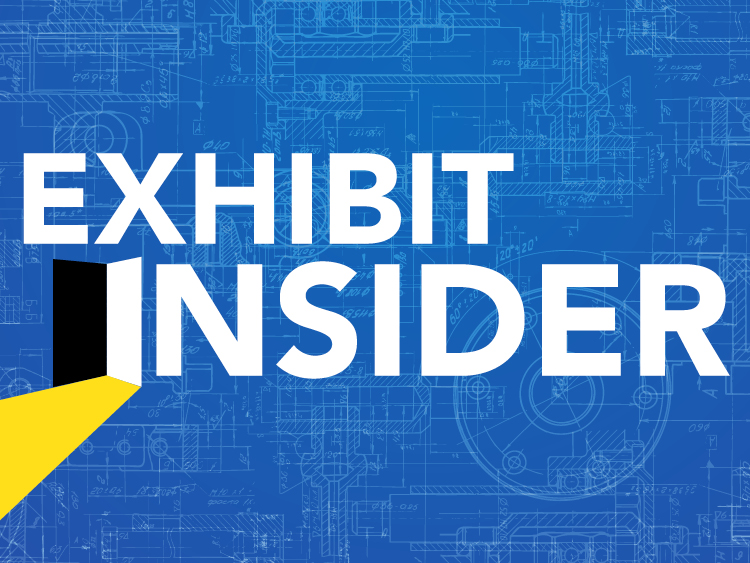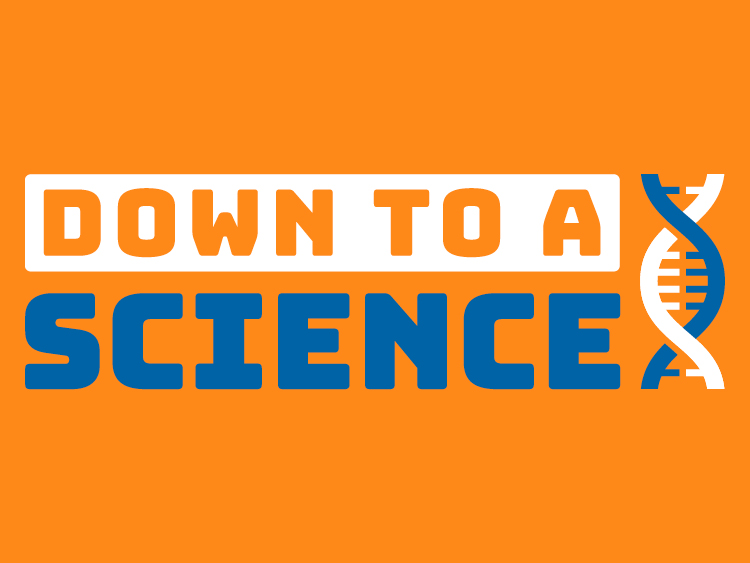This is the second in a year-long series of blogs about the Nature of Science and Culture in the Classroom. Be sure to read the first blog in the series from February.
Happy Spring everyone! In February, I invited you all to come with me on a year-long journey of discovery. Using Black History Month as our inspiration, we began asking some questions about bias in our classrooms. I, at least, was surprised at some of the answers that I found for myself. I learned that I have implicit racial bias. I reflected on whether I can fully understand the experiences of people who have racial, ethnic, and cultural differences from me. In this series, we seek to go from asking necessary questions about ourselves to learning more about using the nature of science and classroom culture to increase equity in science instruction.
The remaining blogs in this series will each consider different non-dominant groups (see NGSS Appendix D) and different instructional approaches that could be used with these groups. Part of our work for each blog will be to take a closer look at what is meant by the Nature of Science (NOS) in the NGSS. This month, we want to take a look at (1) students with limited English proficiency and (2) girls. To make the scope of our task manageable, we will consider how these students may be underserved at school by looking at just one area of instruction: academic discourse. We will think not only of instructional strategies but also more broadly on the kind of classroom culture that we foster for students.
Getting students to speak in class is an area of concern for many teachers. Asking English Learners to speak in front of their peers clearly requires additional thought. What may not be as obvious are the similarities between girls and ELs, at least in the area of academic discourse. Girls are treated differently and therefore speak differently than boys in class. In my personal experience as a student, I was very, very reluctant to speak up in class despite the fact that I was confident enough to self-identify as a girl skilled in the nontraditional areas of math and science in my K-12 years. And yet, talking in science class is important for all learners no matter their race, background, or gender identity. It is our job to create environments free from barriers and support all learners in academic discourse.
Talking is thinking. Talking about science can help students learn science in the same way that scientists and engineers talk with colleagues to clarify, test, and refine their ideas. It is fair to say that academic discourse is an age-appropriate version of scientific discourse and is part of the NGSS Science and Engineering Practices (SEPs). Students talk in science class to work through their new learning and “sense-make” both in small group collaborative work and in whole class discussion. There are several talk formats that support student sense-making and active learning during discourse. Teachers can foster productive academic discourse with prompts designed to push students to elaborate.
However, most of the talking in K-12 classrooms is being done by the teacher. In order to create a supportive classroom culture for academic discourse, this ratio needs to change. In teacher-dominated discourse, ELs are deprived of needed practice to develop their proficiency with English as well as science language. Teacher-centered academic discourse also often disproportionately underserves girls. Here are some ways that you can begin to make the shift in your classroom: give more time to small group talk so that every student has more chances to talk. When choosing small discussion groups, use groupings designed to reduce barriers such as ensuring that females are never the only female in the group and that ELs have chances to use their native language if possible. Another strategy that helps both ELs and girls is to “do science.” Learning science by doing science with the SEPs is a hallmark of the NGSS vision that is designed to help all learners.
The Nature of Science and scientific questions. Asking questions about the natural and material world is one authentic reason for students to engage in academic discourse. When students ask their questions about phenomena and engineering problems, they are using SEP 1. These phenomena and problems become common experiences that students engage with regardless of their language proficiency or confidence. Check NGSS Appendix F for grade band expectations (GBEs) about students asking questions. According to the GBEs, none of these questions need necessarily be grammatically correct, or laden with scientific terms. In fact, concentrating too early on vocabulary can actually be detrimental and inequitable for many students. That makes using phenomena, engineering problems, and student questions to drive learning an equity strategy because the entry point to the learning is more accessible to more students.
When students have many intriguing, relatable phenomena and engineering problems to ask questions about, over time, students can begin to form general ideas about the role of questions in science. Part of the vision of the NGSS is that all students develop this general perspective of what science is, what science can and cannot accomplish, and how scientific thinking can help prepare them for college or careers, regardless of their chosen field. This perspective is captured in eight Nature of Science (NOS) ideas in NGSS Appendix H. One of those ideas is that “science addresses questions about the natural and material world.” Students will not be able to develop this general idea without first having had lots of practice asking questions, and a lot of that questioning will happen through discourse.
Preparing for academic discourse. If students are talking more, the language of the classroom matters. Classes need to talk about talking, starting with setting norms as a learning community. The norms need to recognize and support everyone in the learning of science as this sample does from OpenSciEd. The language of talking to children about their learning also matters. Carol Dweck talks about the power of “yet” and a growth mindset on student effort and achievement. We must believe our students can succeed. We must share that belief at every opportunity. And we must create a classroom culture where challenges are met and worked through.
Once the norms are set and you have a bank of talk moves to help advance thoughtful conversation, you are on your way to developing an inclusive classroom culture. There are many other tools for promoting student talk. One tool is free and requires zero preparation. Just wait. Then, wait some more. Resist your urge to fill the empty space of a quiet classroom. Wait times of 5, 10, or 20 seconds give all students more time to process what we have said and craft a response. Longer wait times also give students time to build up their confidence to speak.
If you have the opportunity to suggest topics for your Professional Learning Community, STEM Teaching Tools has a student science talk playlist to walk educators in a PLC through many of the tools that we’ve cited here.
Some final thoughts. None of this work will make an impact if we do not first address our own implicit biases. Remember, an implicit bias is not something we control. People with an implicit bias are generally not aware of it and teachers (like everyone else) have them. Biases can affect our expectations and perception of abilities of ELs. Sexism and other biases are still evident in scientific fields in 2020. Engaging in activities to reveal biases is important. Take available assessments at Project Implicit. Record a discussion with your whole class on video. On your own or with a trusted colleague ask (1) how many times does each student speak, (2) how many times does the teacher engage with individual students, (3) what is the nature of the interactions (complexity of questions asked, type of feedback given, etc) and (4) how do peers behave during the discussion?
None of this is to say that only girls and multilingual students need to develop skills in academic discourse or that the only thing to talk about is questions about the world. Nor is discourse the only instructional area to consider for emerging bilingual and multilingual students and girls (see the case studies in Appendix D for more areas and ideas). Actually, I hope you expand and make connections that I have not made here. If you do, we would love to hear about them. Join our Facebook Educator’s hub and let’s keep the conversation going! As we continue our series, consider how other groups of students can be supported in academic discourse and what other topics are important to talk about in class. Apply new learning that you get from our next blog back to the multilingual students and girls that we thought about here.
In our next series blog, we will look at the NOS idea that scientific knowledge assumes an order and consistency in natural systems. Just in time for the start of the new school year, we will think about how this NOS could be used to create a structure to help students with disabilities and gifted and talented students. I will be back to talk with you again in the summer!
This content was made possible in part by the Institute of Museum and Library Services.

Gail Mitchell Emilsson is a Professional Learning Specialist at the Connecticut Science Center’s Mandell Academy for Teachers. Previously, she worked in pharmaceutical research and as a high school science teacher in high need schools. Gail’s professional interests include supporting educators in creating meaningful and equitable science learning experiences. Gail joins the rest of the Mandell team in designing and providing immersive professional learning and coaching in districts.



